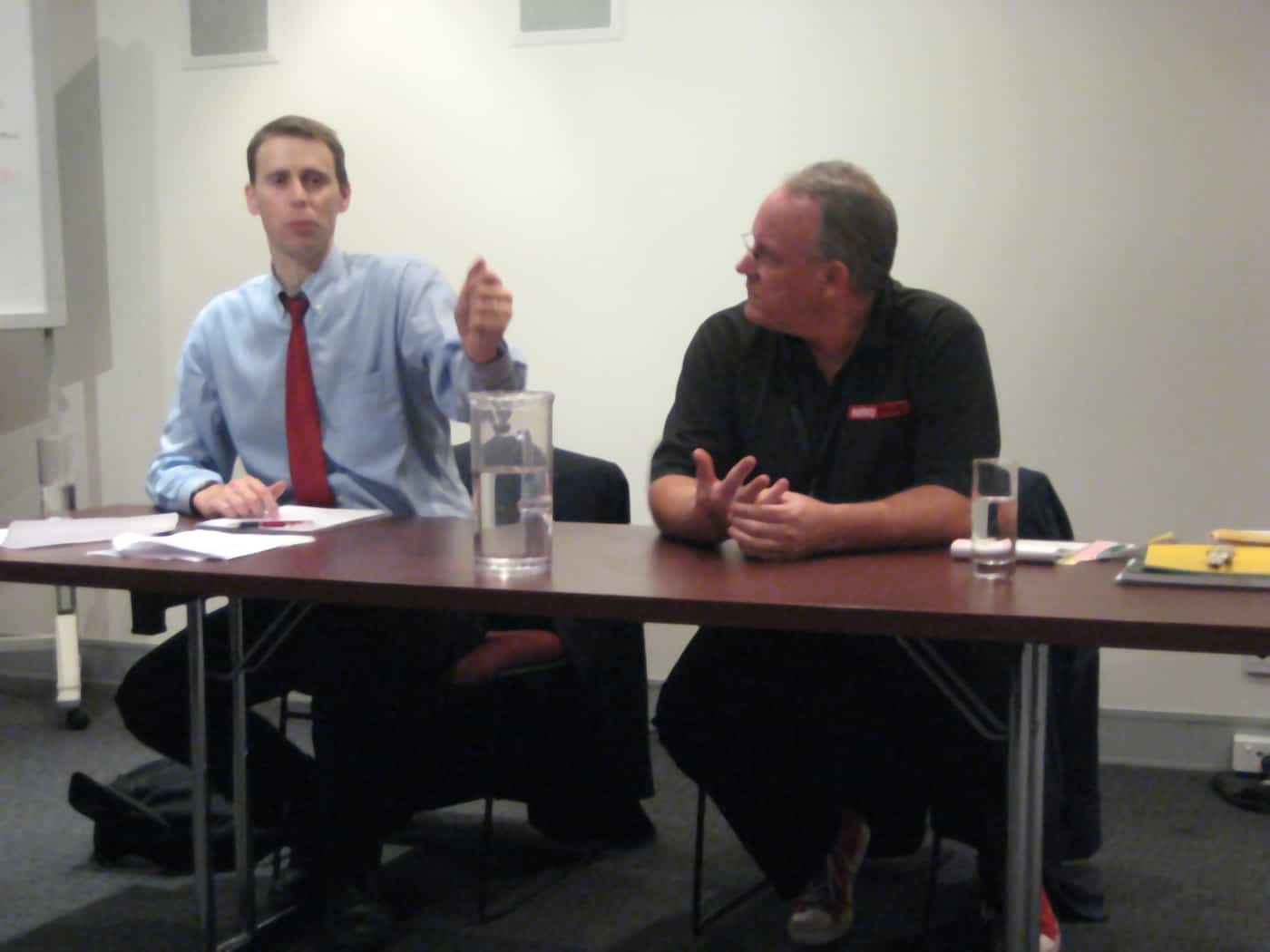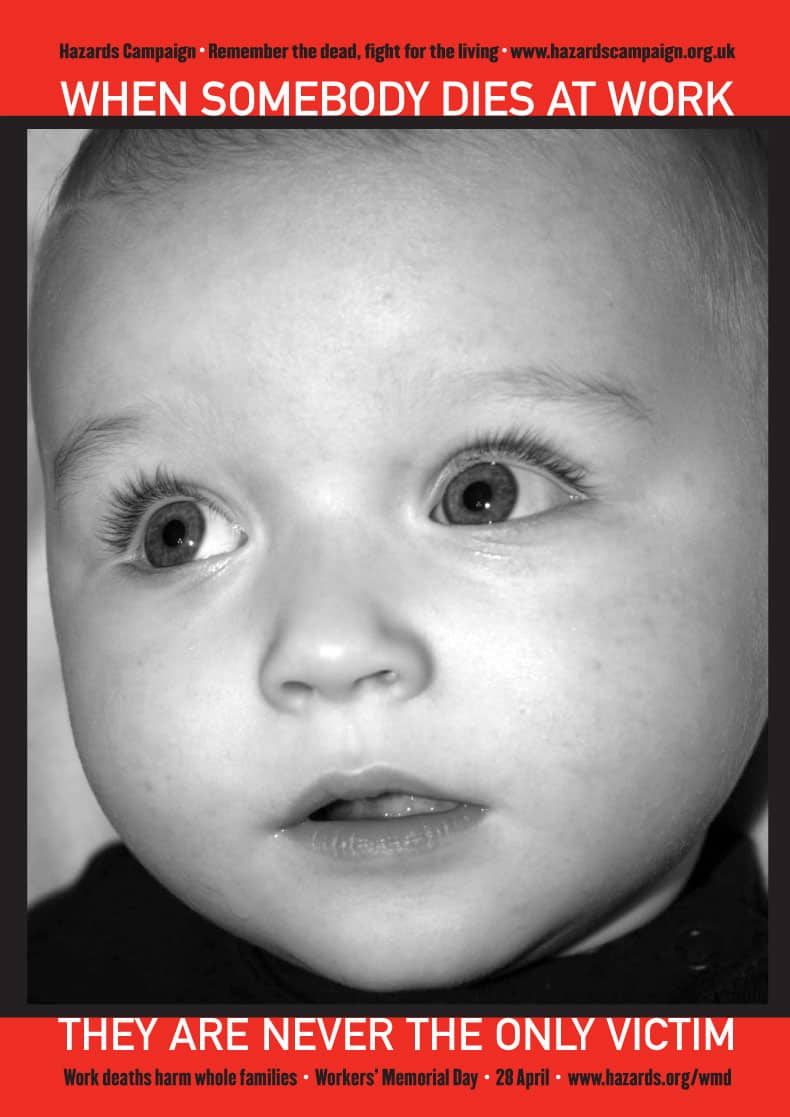The Australian Workers Union are justifiably angry at the latest workplace death associated with BHP Billiton. According to the company’s media statement on 19 march 2009
“We regret to inform that we have been advised by Mines and Port Development (a Joint Venture of Fluor and SKM), who manage our major construction activities, that there has been a fatal accident involving a John Holland employee at the construction site in Newman.”
The company’s own website provides the background to the union’s concern.
It is with regret that BHP Billiton Iron Ore advises that an employee, Bob Blake, a track machine operator, aged 56, was fatally injured in a rail accident approximately 74km south of Port Hedland at 3.30am on Tuesday 24 February.
It is with sadness that BHP Billiton Mitsubishi Alliance (BMA) advises that John Barker, an employee of Nixon Communications working at Blackwater Mine, was fatally injured in a motor vehicle accident at the mine late this morning.
We regret to advise that a fatality has occurred at BHP Billiton’s Yandi mining operations involving a HWE Mining employee.
BHP Billiton Iron Ore regrets to advise that an incident occurred during the night at its Yandi mine site, which resulted in the death of an HWE Mining employee.
BHP Billiton Iron Ore regrets to advise that an incident occurred at approximately 11.00am today at its Nelson Point operations in Port Hedland, which has resulted in the death of an employee.
It is with deep regret that BHP Billiton reports that a fatality has occurred today at the Cannington silver, lead and zinc operation in north-west Queensland.
In the “Chairman’s Review” for 2008, Don Argus wrote about the growth in demand for its products from the Asian region:
Our response has been to streamline our business to enable us to produce as much product as fast as possible within the non-negotiable framework of the highest safety and environmental standards.
The CEO, Marius Kloppers, states that even though the company has achieved its seventh consecutive year of “record attributable profit”
While we can report financial success, I regret to report we have not performed well on safety. In FY2008, 11 of our employees died at work. Many more lives will have been impacted, some forever, by these tragic and avoidable events. We have reflected deeply on what more we must do to reach our goal of Zero Harm. In FY2009, we are making even greater efforts to improve our safety performance.
As shown above, the FY2009 performance statistics are not looking too good.
In the 2008 Corporate Governance Summary, the Directors are lauded.
The non-executive Directors contribute international and operational experience; understanding of the sectors in which we operate; knowledge of world capital markets; and an understanding of the health, safety, environmental and community challenges that we face.
In its 2008 Annual Report under Risk Factors, safety is listed within assets. It reads like an acceptance that contractors are not living up to their OHS obligations or BHP Billiton standards. This rings hollow as contractor management should be an area that a company of such size, resources, longevity and experience, manages in an exemplary fashion.
Some of our assets are controlled and managed by joint venture partners or by other companies. Some joint venture partners may have divergent business objectives which may impact business and financial results. Management of our non-controlled assets may not comply with our management and operating standards, controls and procedures (including health, safety, environment). Failure to adopt equivalent standards, controls and procedures at these assets could lead to higher costs and reduced production and adversely impact our results and reputation.
Later in the Risk Factor chapter:
Despite our best efforts and best intentions, there remains a risk that health, safety and/or environmental incidents or accidents may occur that may negatively impact our reputation or licence to operate.
The company is active though. It has a Code of Conduct that applies to everyone, including contractors. In it there is a quick test:
If you are in doubt about what to do or whether to speak up, it may help to do the Business Conduct Quick Test by asking yourself some simple questions:
- The values test: Does it fit with the values in our Charter?
- The safety test: Could it directly or indirectly endanger someone or cause them injury?
- The law test: Is it legal and in line with our policies and standards?
- The conscience test: Does it fit with my personal values?
- The newspaper test: If the story appeared in the paper, would I feel comfortable with the decision?
- The family test: What would I tell my partner, parent or child to do?
- The ‘feel test’: What’s my intuition or ‘gut feel’? If it ‘feels’ bad, then it probably is bad!
Failing any of the above ‘tests’ indicates that you need to talk with someone about the concern you have.
It’s not that BHP Billiton seems to have fallen into a heap in the last couple of years. Following a major explosion in 2004 at its remote Boodarie Hot Briquette Iron (HBI) plant in Western Australia, it was fined $200,000 plus costs for “failing to provide and maintain a working environment in which employees were not exposed to hazards.” The explosion killed one worker and injured several others.
The court case revolved around the May 2004 explosion at the Port Hedland Boodarie HBI plant where one man died, and others received severe burns.
The prosecution case was that BHP Billiton undertook two activities, with the potential to cause an explosion, together without a proper risk assessment. This was considered to be a serious and substantial breach of the obligation to provide and maintain a safe working environment.
There is much more OHS performance information available at the BHP Billiton website but it is worth ending this post with the OHS statement included in the Code of Conduct:
BHP Billiton is committed to achieving leading industry practice in health and safety.
In all cases, we will aim to meet or exceed applicable legal and other requirements, as we believe that all accidents and occupational illnesses and injuries are preventable.
Our priority is to ensure that all our people – regardless of where they work or what they do – return home safely.



